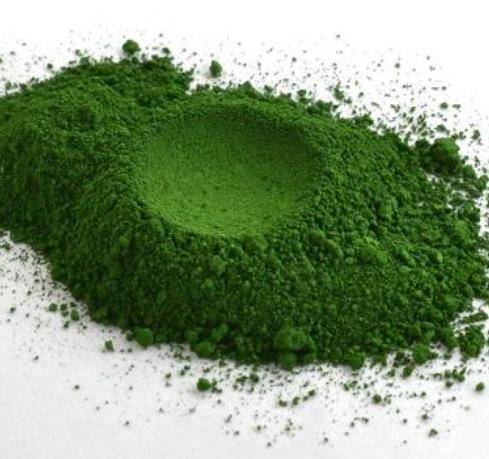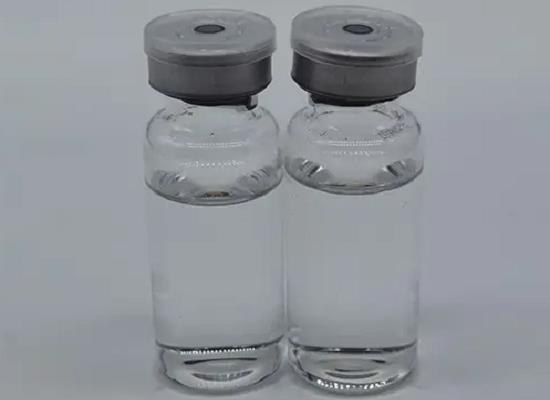Polyaniline: A Versatile Conducting Polymer for Modern Applications
Introduction
Polyaniline, a key player in the family of polymers that conduct electricity, has drawn a lot of interest in materials science and chemistry because of its unique characteristics and versatility. Though it was discovered over a hundred years ago, its more recent recognition comes from its ability to switch between different chemical forms, which makes it possible for the material to conduct electricity. This mix of conductivity, easy production, and stability in various environments has made polyaniline an exciting topic for research, especially when it comes to developing new electronic devices, sensors, and energy storage solutions like batteries and supercapacitors.

Figure 1 Characteristics of Polyaniline
Properties
Polyaniline's standout feature is that it can exist in several different chemical states, which directly affect how well it conducts electricity. Its most important forms are called leucoemeraldine, emeraldine, and pernigraniline. Among these, the "emeraldine salt" form, which has been treated with acids, is the most conductive and stable. What makes this polymer so interesting is that its conductivity can range from almost no conductivity at all (in its base form) to a high level when properly treated or "doped." This flexibility allows polyaniline to be used in a wide variety of technological applications, depending on how it’s prepared.
Main Composition
Polyaniline is made up of repeating units of a chemical called aniline, which comes from benzene, a simple carbon-based compound, and has an attached amine group (-NH2). The polymer is formed through a process called polymerization, where aniline molecules join together, usually through oxidation in an acidic environment. This creates a chain structure with alternating "benzenoid" and "quinoid" rings, and the balance of these two types of rings depends on the polymer's oxidation state.
In its emeraldine salt form (the most conductive version), polyaniline has positively charged nitrogen atoms in its structure, and these are balanced by negatively charged counter-ions that come from the doping process. These counter-ions are critical because they help maintain the polymer’s overall charge and keep it conductive. One of polyaniline’s greatest advantages is that scientists can tweak its chemical makeup and the amount or type of doping to adjust its properties, making it more conductive, more flexible, or easier to dissolve, depending on the intended use.
Applications
Polyaniline’s many applications are a direct result of its flexibility in both electrical and physical properties. It’s particularly valued in electronics and energy storage, where it’s been heavily researched for use in supercapacitors, batteries, and fuel cells. Because of its ability to store and release energy efficiently, polyaniline is a promising material for the next generation of lightweight and flexible energy storage systems.
In addition to energy storage, polyaniline shines in sensor technology. Its electrical properties can change when exposed to certain chemicals or gases, making it ideal for chemical and gas sensors. This sensitivity, combined with its quick response time, has led to its use in biosensors and chemosensors. These sensors are important for things like environmental monitoring and medical diagnostics, where detecting tiny amounts of substances can be critical.
Polyaniline is also useful in protecting metals from rust and corrosion. When applied as a coating, it forms a barrier that shields metal surfaces from oxidative damage, even in harsh conditions. This anti-corrosion property makes it attractive for industries that need to protect equipment from strong chemicals or extreme weather.
Finally, polyaniline is being explored in the field of flexible electronics. Thanks to its natural flexibility and conductivity, it could be used to make foldable screens, wearable devices, and other types of flexible circuits. Researchers are also looking into using polyaniline in technologies like organic light-emitting diodes (OLEDs) and solar cells (organic photovoltaics), where its electrical and optical properties can be adjusted to improve energy conversion efficiency.
In summary, polyaniline's unique ability to conduct electricity, combined with its versatility and adaptability, has led to a wide array of potential uses in fields ranging from energy storage to flexible electronics.
References:
[1] SAMBHU BHADRA . Progress in preparation, processing and applications of polyaniline[J]. Progress in Polymer Science, 2009, 34 8: 679-810. DOI:10.1016/j.progpolymsci.2009.04.003.[2] E.M. GENIèS . Polyaniline: A historical survey[J]. Synthetic Metals, 1990, 36 2: 139-281. DOI:10.1016/0379-6779(90)90050-U.
You may like
Lastest Price from Polyaniline manufacturers

US $0.00/kg2025-05-29
- CAS:
- 25233-30-1
- Min. Order:
- 1kg
- Purity:
- 98%
- Supply Ability:
- 20MT

US $15.00-10.00/KG2021-07-13
- CAS:
- 25233-30-1
- Min. Order:
- 1KG
- Purity:
- 99%+ HPLC
- Supply Ability:
- Monthly supply of 1 ton


